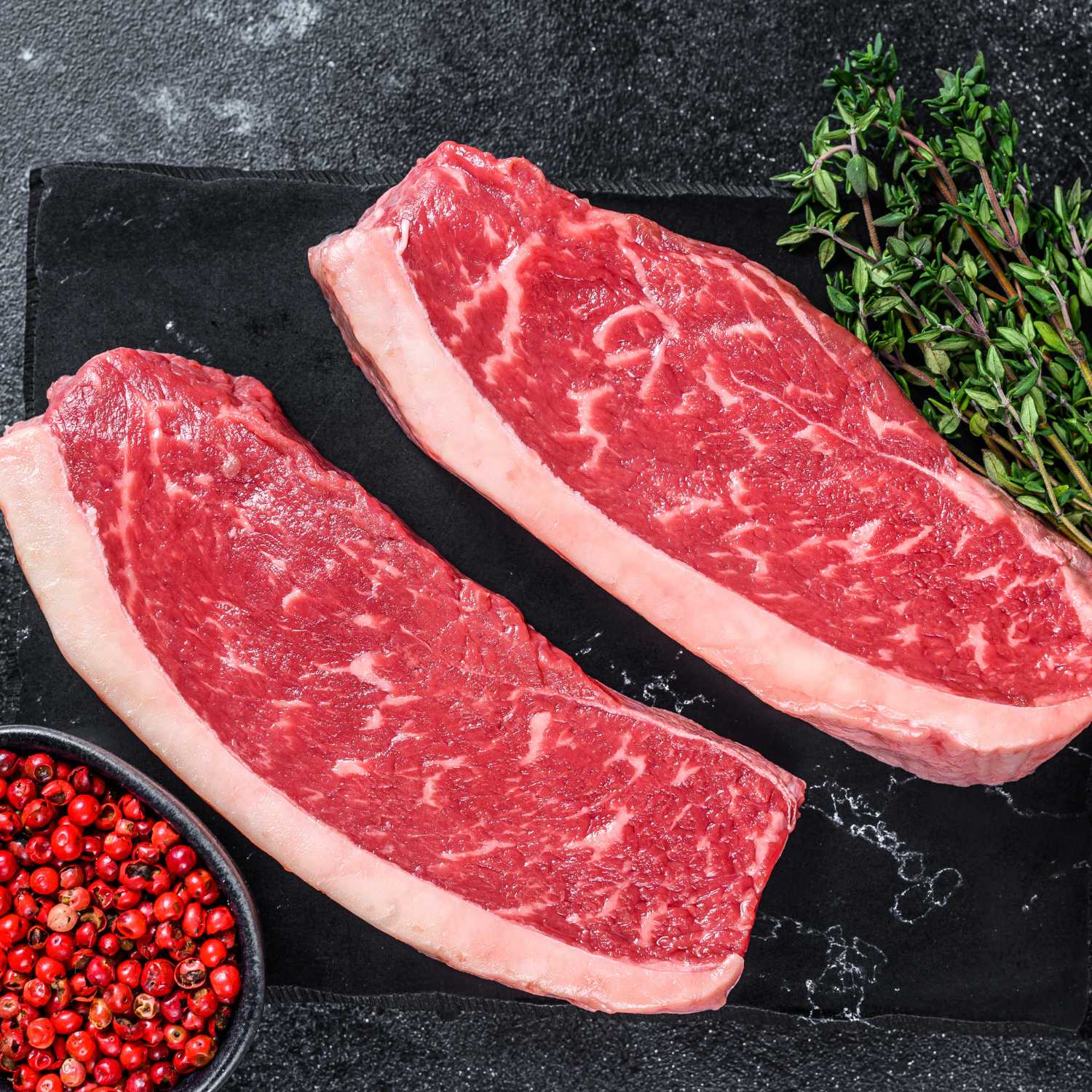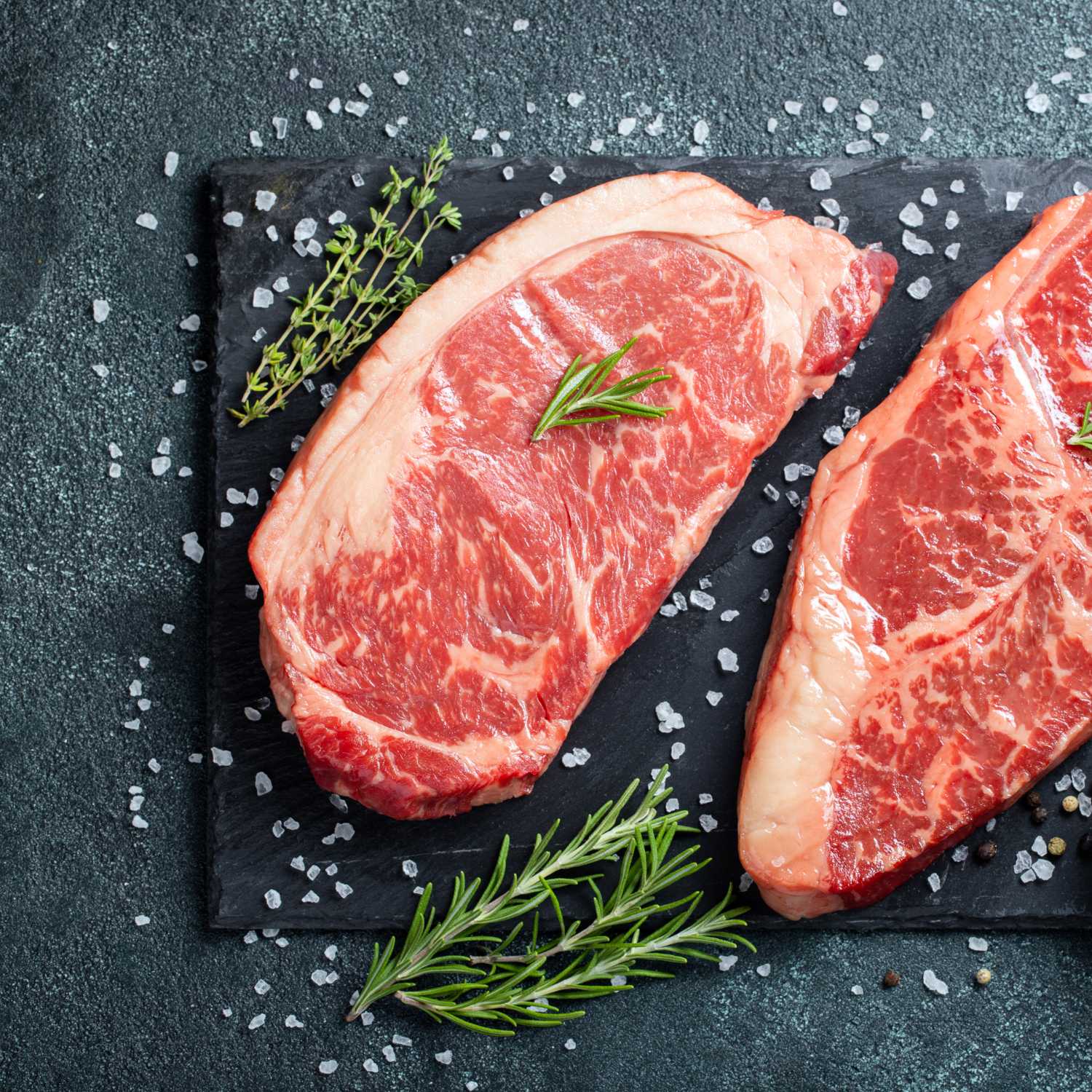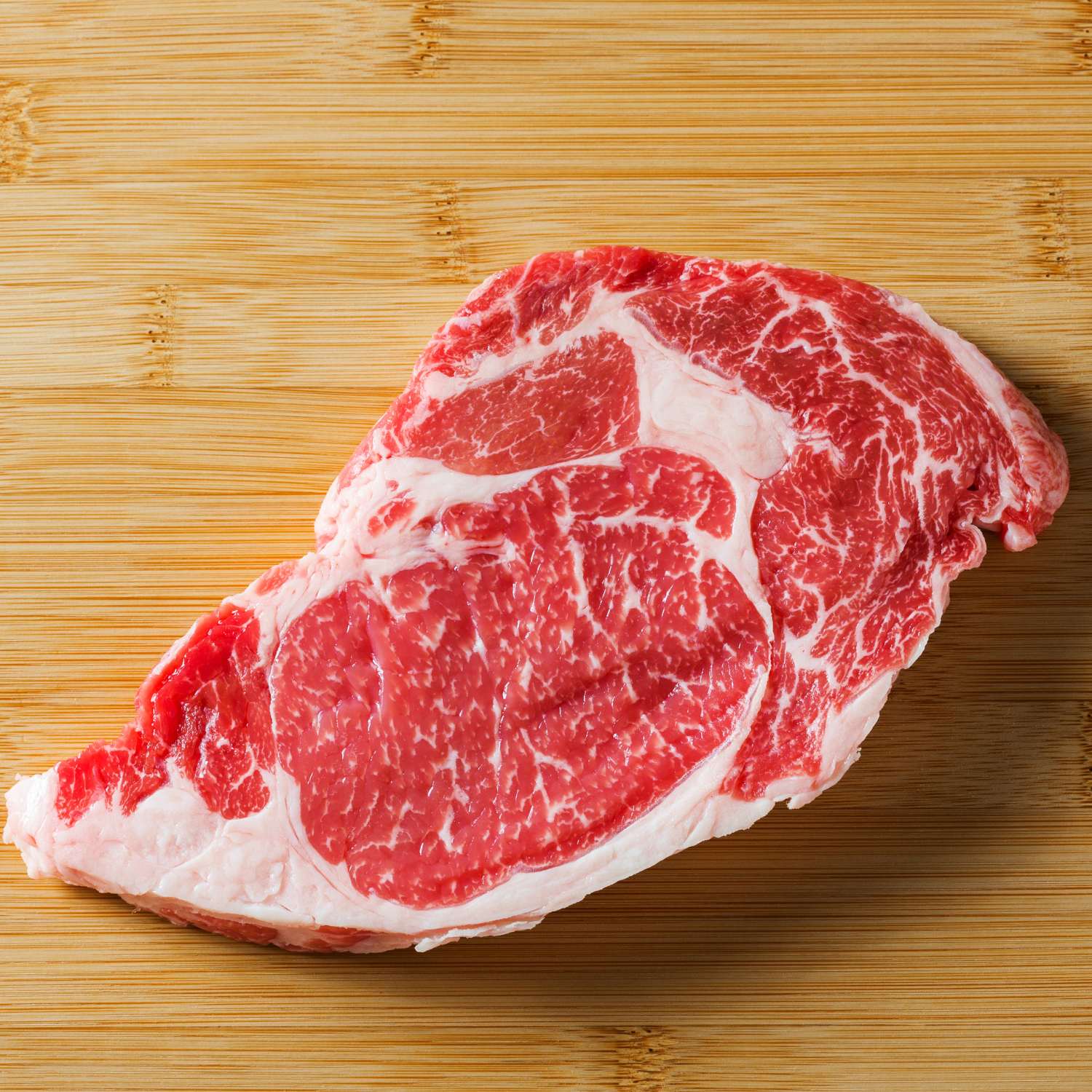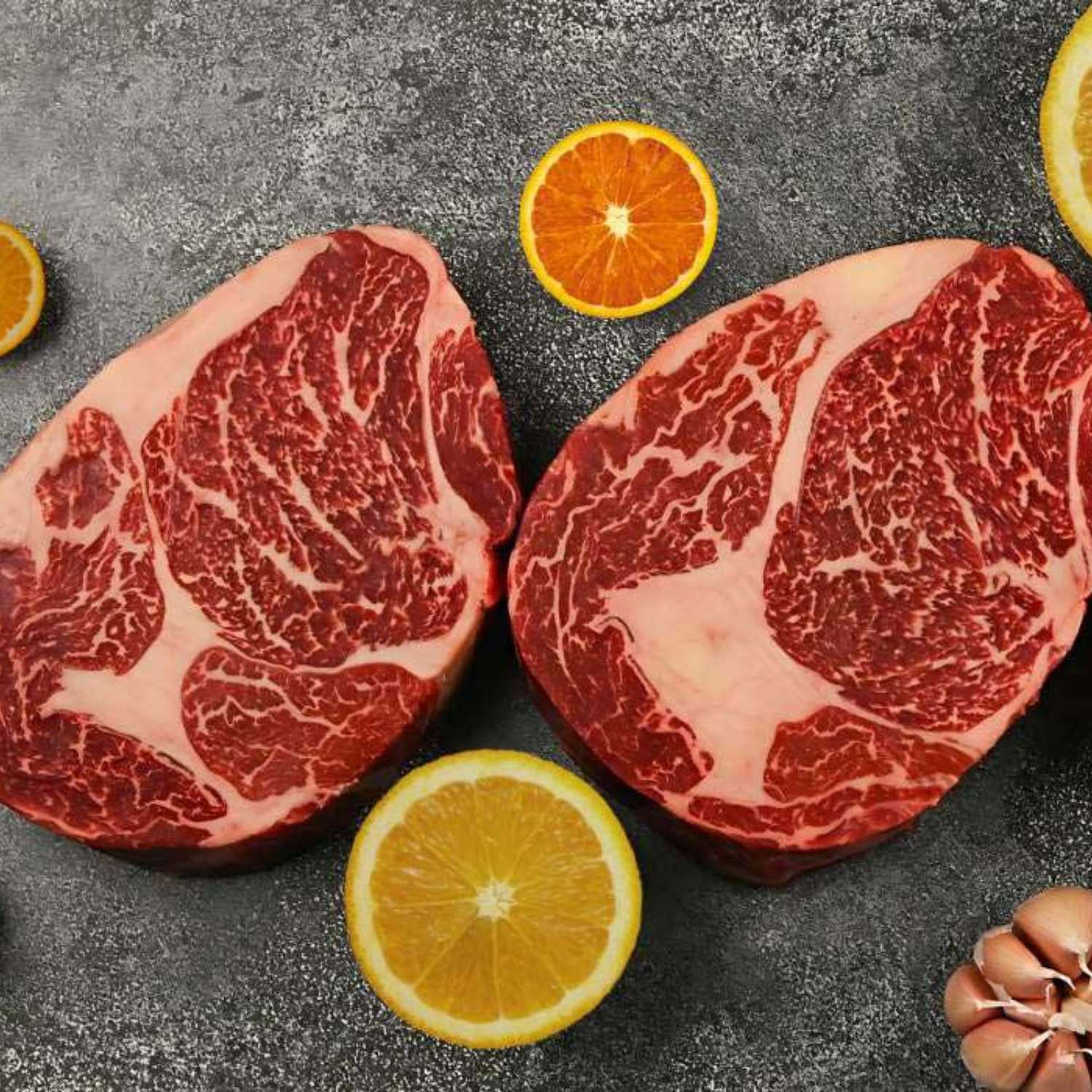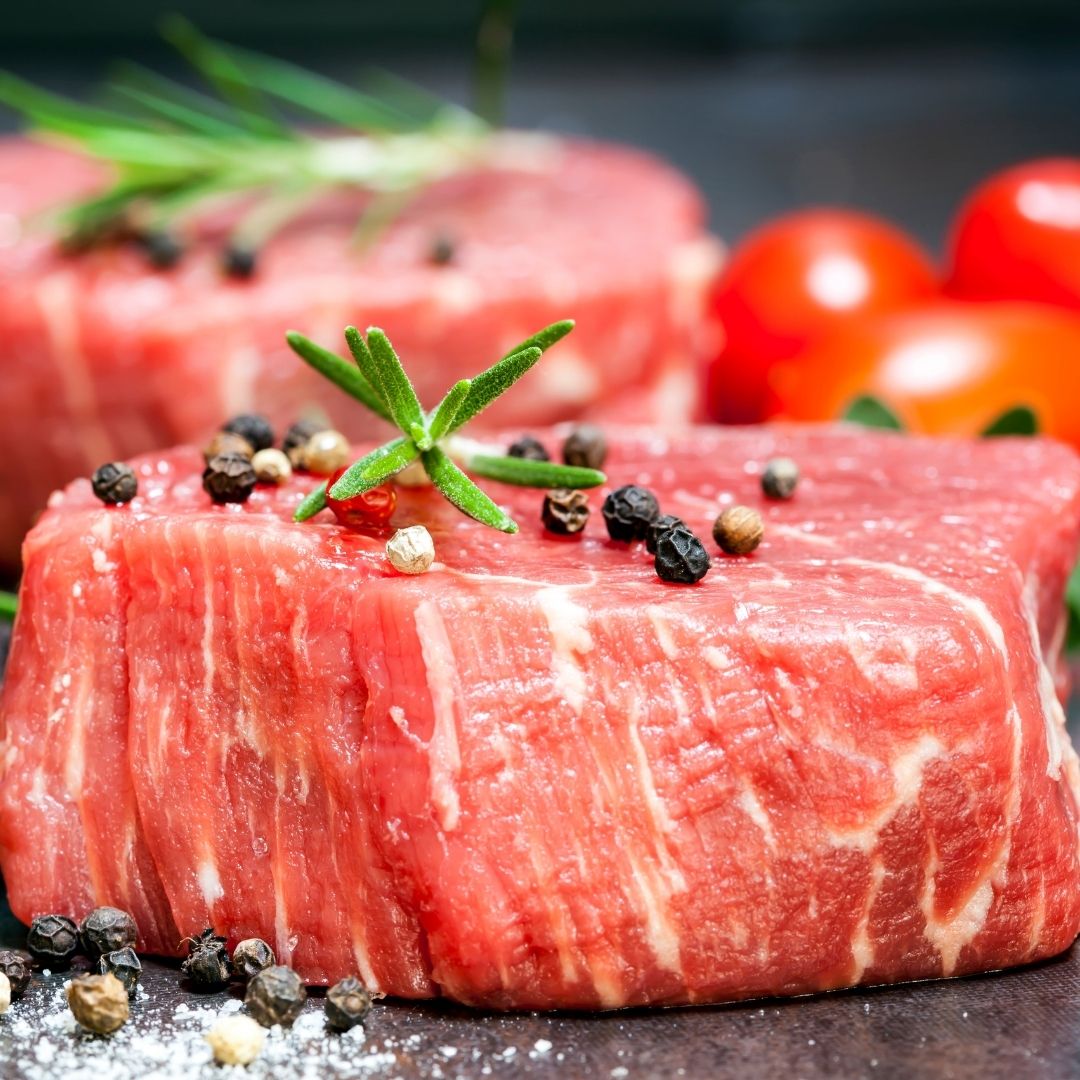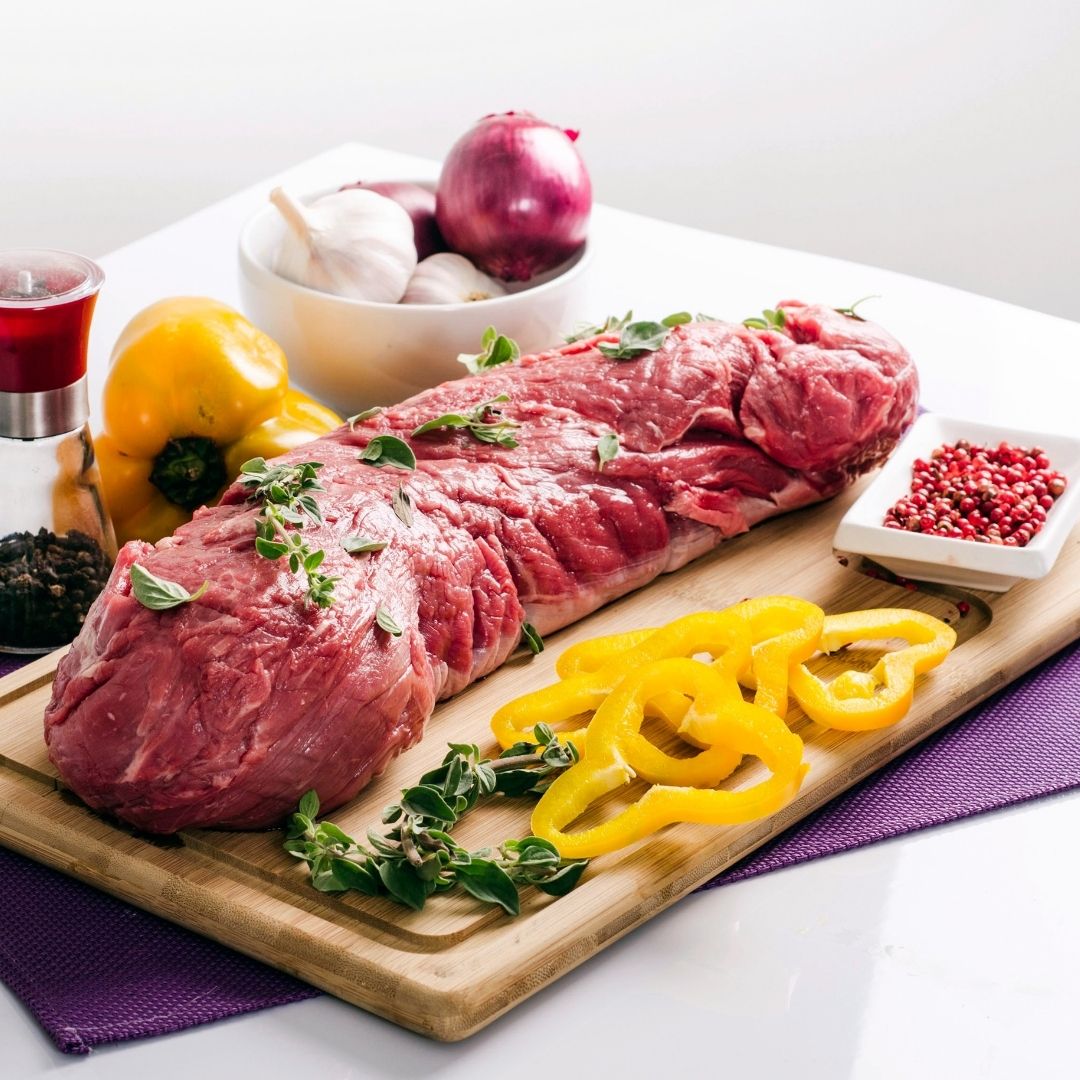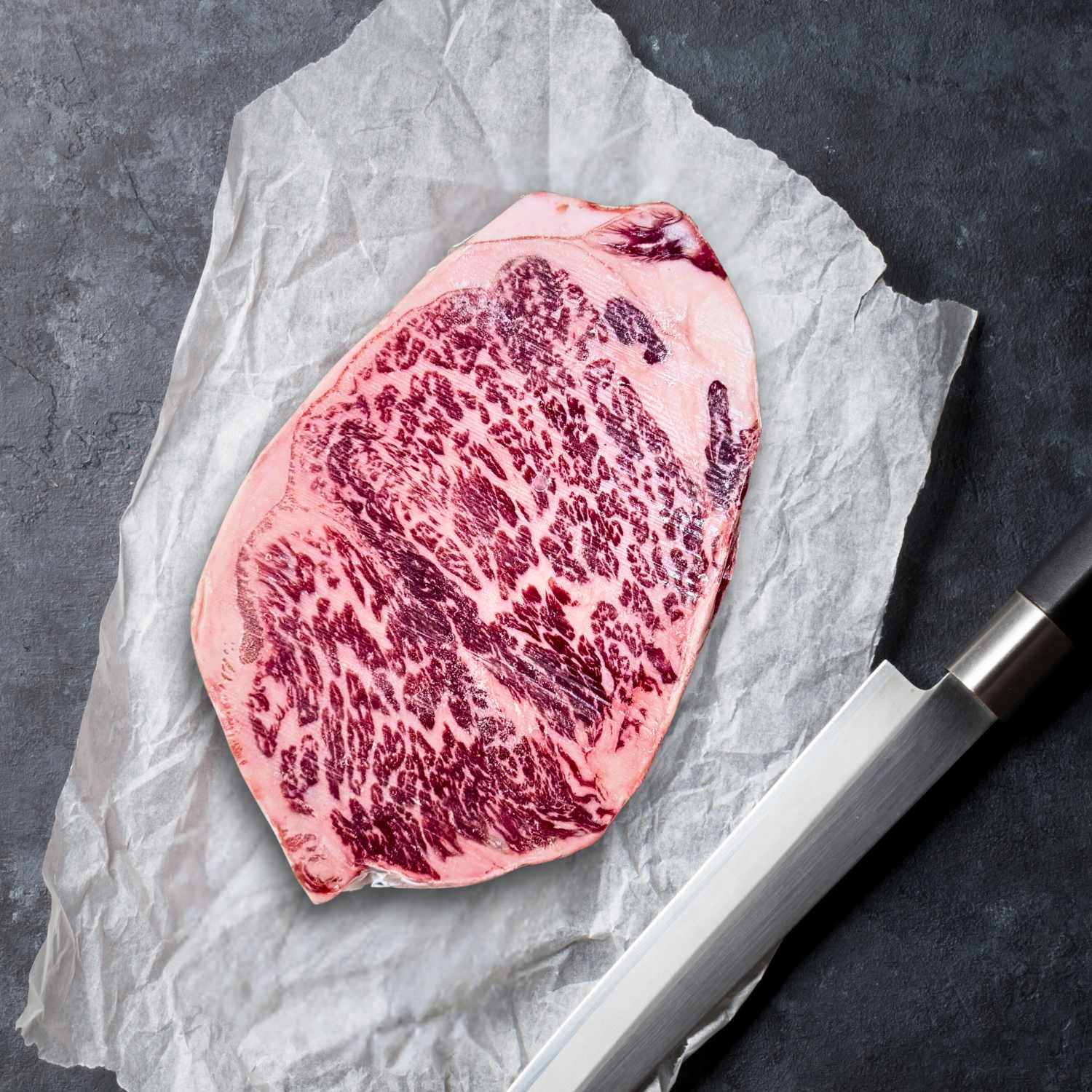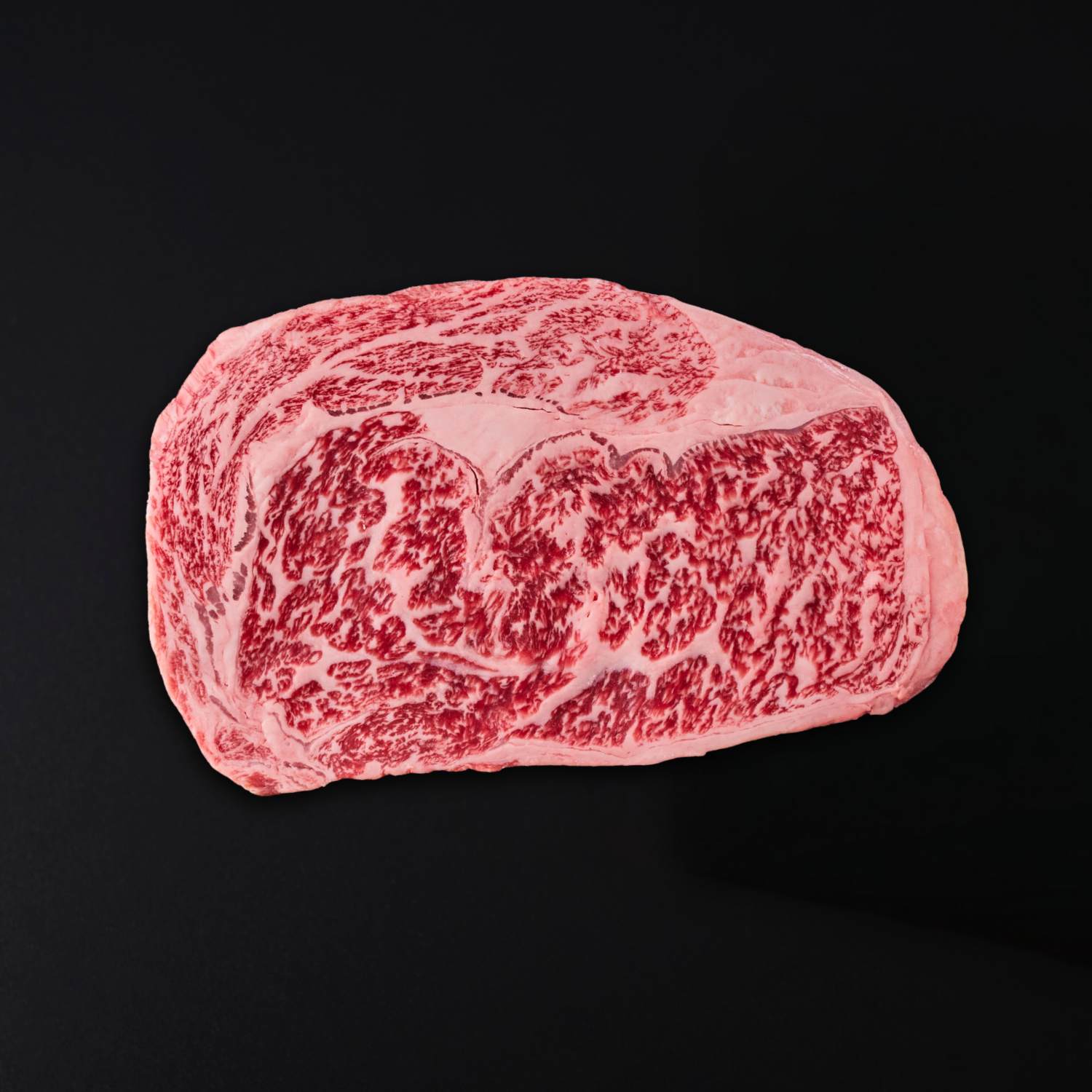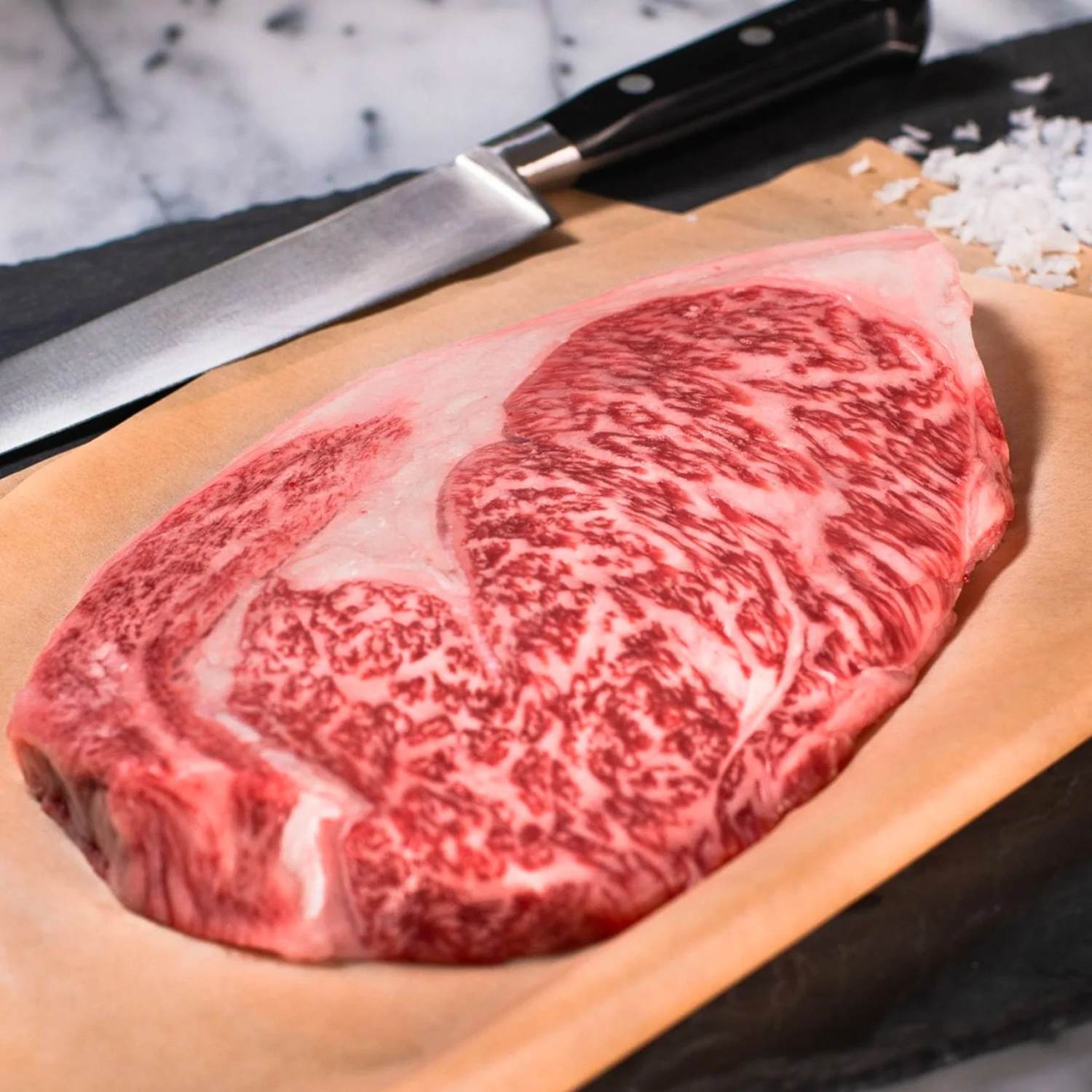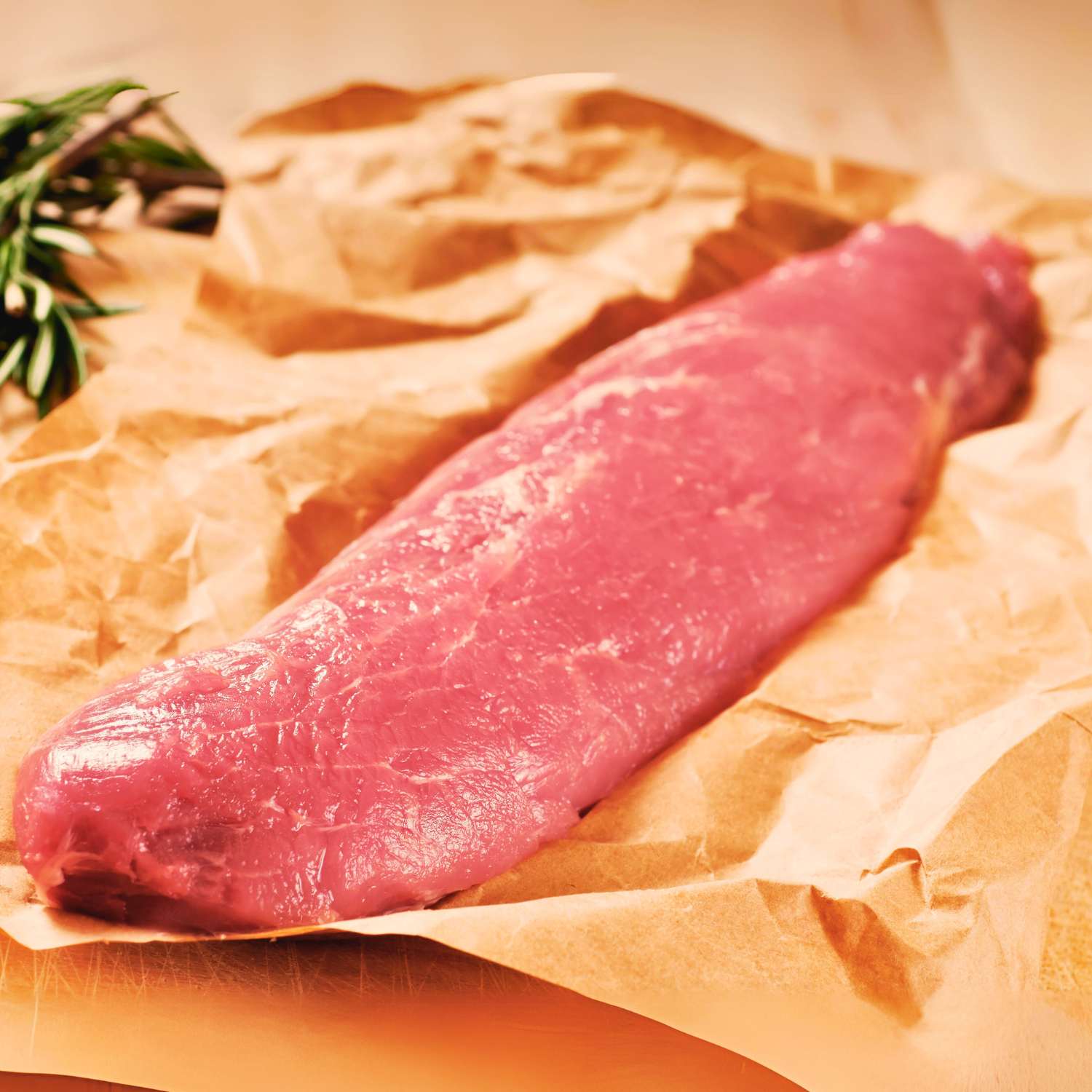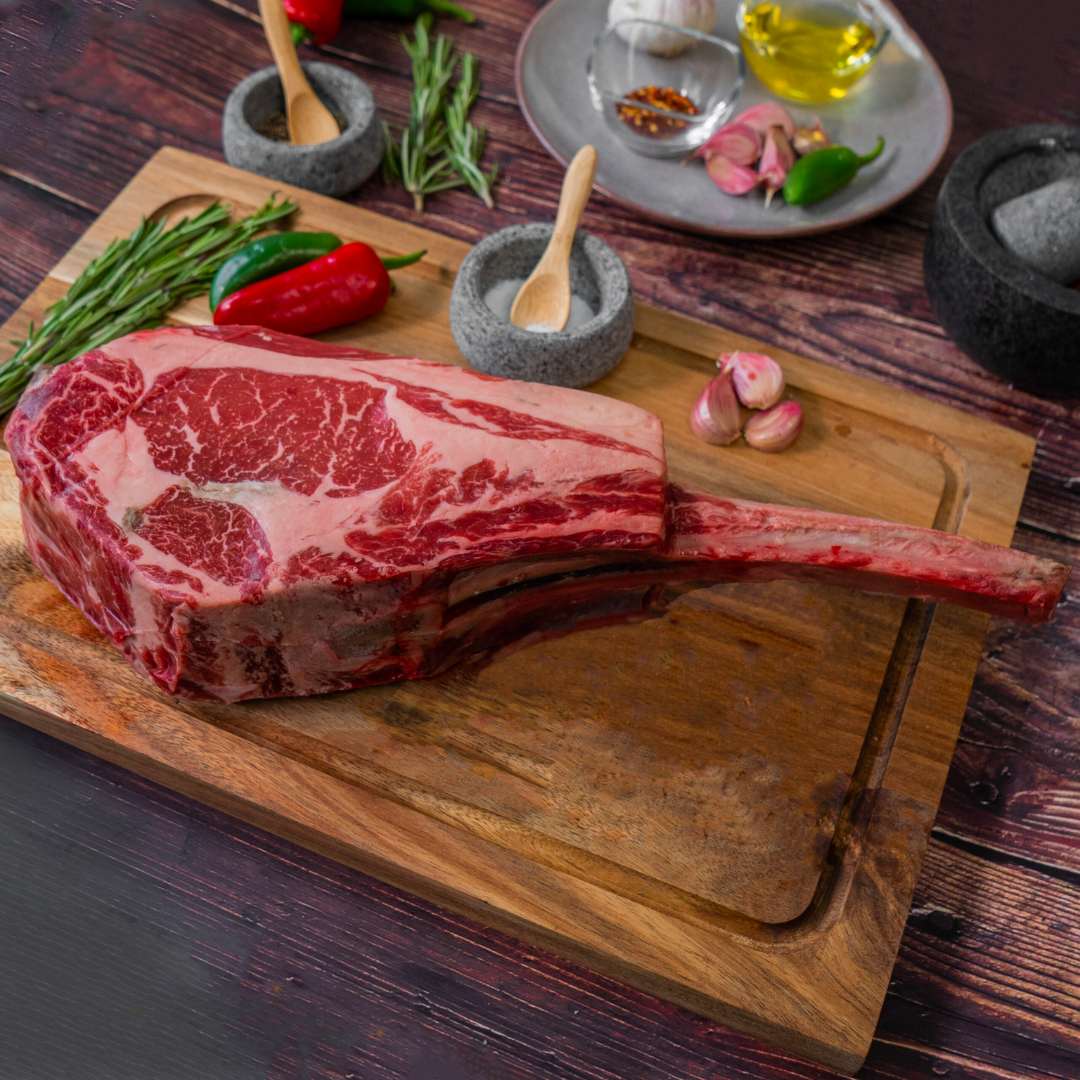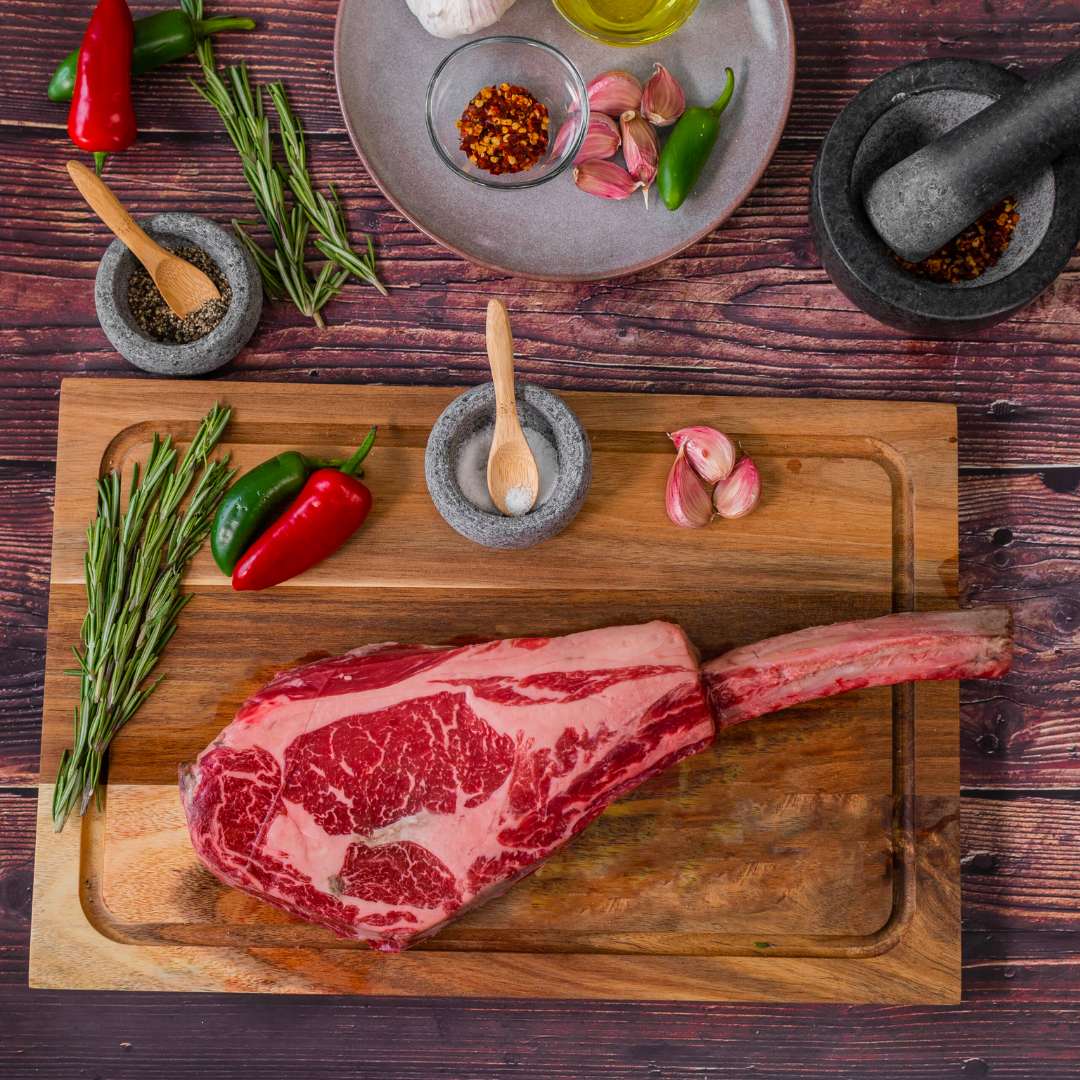The Increasing Demand for Grassfed Beef in Hong Kong
Understanding the Shift in Consumer Preferences
In Hong Kong, more people are choosing grassfed beef. They want healthier food options. Taste and nutrition are now more important. Consumers are also looking for ethical food sources. They care about animal welfare and the environment. This shift is changing the market in big ways.

The Impact of Health Awareness on Grassfed Beef Popularity
In Hong Kong, health consciousness is reshaping diets. Grassfed beef is at the heart of this trend. It's seen as a wholesome choice. Rich in nutrients, it aligns with wellness goals. People are learning how it benefits them. This drives its popularity. More and more choose grassfed beef for its quality. It's a shift towards sustainable, healthy living. The market growth reflects this new outlook on food.
The Economics of Grassfed Beef Production
Examining the Cost-Benefit Dynamics
The economics of grassfed beef hinges on cost-benefit considerations. Farmers weigh the costs of natural pastures against the premium prices they can charge. They factor in slower growth rates of grassfed cattle versus faster-growing grain-fed counterparts. Consumers are willing to pay more for perceived health and taste benefits. Yet, production costs can be higher due to land and labor demands. Invested buyers consider the environmental and animal welfare benefits. These factors all play a role in the complex economics of the industry.
The Role of Sustainability in Grassfed Beef Farming
Grassfed beef farming plays a vital part in our quest for sustainable food systems. In Hong Kong, both consumers and producers are recognizing this. The role of sustainability impacts many facets of the industry. It dictates practices from farm to table, ensuring minimal harm to the environment. It's not just about eco-friendliness, but also about the quality of beef. Sustainable farms often have healthier, happier cattle. This, in turn, produces higher-quality beef cuts for sale. Farmers are urged to adopt sustainable methods, although it can be costly. Yet, in the long run, these practices can lead to better soil, less water use, and fewer emissions. Hong Kong is now starting to see that sustainable grassfed beef isn’t just good for the planet. It's great for our health and future well-being too.
Navigating the Challenges and Opportunities in the Grassfed Beef Industry
Addressing Supply Chain Complexities
The grassfed beef industry faces unique supply chain issues. One challenge is the limited number of grassfed cattle producers. This can lead to a gap in meeting the high demand in Hong Kong's markets. Also, the distance from farms to urban centers can affect freshness and costs. To counter these problems, there is a move towards local partnerships. Such links help shorten the supply chain. They ensure that consumers receive the freshest beef cuts. Moreover, investments in cold storage and transport tech are being made. These aim to maintain the quality of beef during shipping. A focus on strengthening local production is vital. It can reduce import-related challenges. It can also provide a boost to the local economy. By dealing with these complexities, the industry can thrive. It can offer consumers in Hong Kong the grassfed beef they seek.
Innovation and Technology in Grassfed Beef Production
Advances in technology are shaping the grassfed beef sector in Hong Kong. Farmers now use tools like livestock tracking systems and grazing management software. These help to improve herd health and meat quality. Innovative feed supplements also boost nutrition. This makes the beef even healthier. With online selling platforms, farmers reach more buyers too. Thus, tech is vital for this growing market. It tackles industry issues and meets consumer demand for quality beef.

